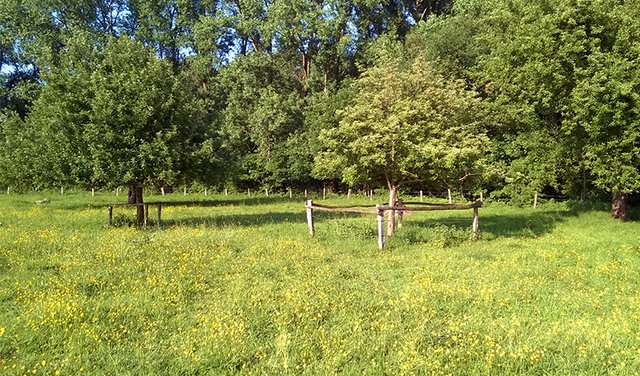Due to their unique, diversity-promoting properties and variety, orchards are considered to be a habitat for a wide range of different animal and plant species. In recent decades, the expansion of various transport systems and settlement areas, especially in rural areas, has led to the urban sprawl and fragmentation of many orchards. In order to counteract a further decline, criteria have therefore been laid down in which orchards are to receive the protection of a recognised habitat type. This work is dedicated to these criteria of the protection worthiness of fruit stands, which were established by the Landesamt für Natur, Umwelt- und Verbraucherschutz. In order to be able to carry out this evaluation, both a detailed mapping sheet and an appropriate evaluation system were developed. The results show that criteria which only take individual aspects into account are not appropriate. As with other habitats, it is the interaction of many aspects, which leads to uniqueness. Therefore, every fruit stand needs a well-founded, all aspects-inclusive evaluation before an exclusion from protection should be demanded. For the conservation and general future development of orchards, it is important to complete the current nationwide survey quickly, to take appropriate measures to protect the remaining orchard areas and to carefully record the development statistically. Furthermore, it is necessary to carry out a broader educational work in contractual nature conservation and agri-environmental measures.
___
Philipp Zamzow conducted this work at Bielefeld University, Faculty of Biology, in cooperation with the Biological Station Kreis Unna & Dortmund and the Environmental Office of the City of Bergkamen under the supervision of Dr. Stefanie Boltersdorf.


